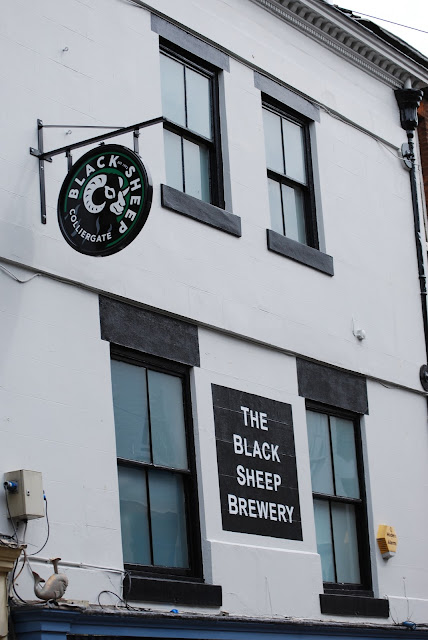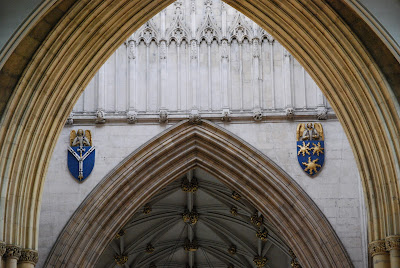Well, today is Thanksgiving Day here in the United States, a major holiday where we take a day off from work and celebrate (or not) with family and stuff our faces with turkey (or ham) and, as they say here in the South, "all the fixin's".
Prayers of thanks and special thanksgiving ceremonies are common among most religions after harvests and at other times of the year. The Thanksgiving holiday's history in North America is rooted in English traditions dating from the Protestant Reformation. In the English tradition, days of thanksgiving and special thanksgiving religious services became important during the English Reformation in the reign of Henry VIII.
An annual thanksgiving holiday tradition in North American colonies is documented for the first time in 1619, in what is now the Commonwealth of Virginia.
The more familiar Thanksgiving precedent of feasting is traced to the Pilgrims and Puritans who emigrated from England in the 1620s and 1630s. They brought their previous tradition of Days of Fasting and Days of Thanksgiving with them to New England. The 1621 Plymouth, Massachusetts thanksgiving was prompted by a good harvest. The Pilgrims (among whom were three of my own ancestors) celebrated this with the Wampanoags, a tribe of Native Americans who, along with the last Patuxet, had helped them get through the previous winter by giving them food in that time of scarcity, and taught them how to grow their own food in a climate that did not necessarily favor the seeds they had brought from England.
Later, President of the United States George Washington proclaimed the first nationwide thanksgiving celebration marking November 26, 1789 as "a day of public thanksgiving and prayer, to be observed by acknowledging with grateful hearts the many and signal favours of Almighty God".
A Thanksgiving was proclaimed for all states in 1863 by Abraham Lincoln. Influenced by New Englander Sarah Josepha Hale, Lincoln set national Thanksgiving by proclamation for the final Thursday in November in celebration of the bounties that had continued to fall on the Union and for the military successes in the war, also calling on the American people, "with humble penitence for our national perverseness and disobedience .. fervently implore the interposition of the Almighty hand to heal the wounds of the nation..."
On October 31, 1939, President Franklin D. Roosevelt signed a presidential proclamation changing the holiday to the next to last Thursday in November in an effort to boost the economy by giving people an extra week to shop for the Christmas holiday. (Today, of course, we start seeing advertisements for Christmas around Halloween, October 31.)
But enough of the background of today's holiday, and on to its
raison d'être, that of giving thanks.
And what am I thankful for this year?
I am thankful to have something that I have long said be confirmed once again: You can find heraldry (or heraldry-like objects) everywhere!
I have recently begun a new exercise routine, one which includes going to a nearby walking trail here in beautiful downtown Duncanville, Texas.
It was on my first circuit of that trail a short while ago that I went by a construction site surrounded by temporary fencing, upon which was a remarkably heraldry-like logo:
For a blazon (because I could find no background information or explanation of this logo on their websites), I would have to go with: Argent a Viking affronty wearing a horned helm and a cloak all sable within a bordure or the chief portion sable.
Now, all that is not to say that I think it's really great heraldry by any means. The bordure is mostly metal on metal, thus reducing its contrast, and the main charge on the shield is not especially distinguishable, so to my mind it rather fails at accomplishing what good heraldry should be; that is, a means of quick and easy identification.
Still, it is sufficiently simple and unique, and so probably serves its purpose well enough.
So there you have it! I am thankful today that I can still be surprised, and gratified, by finding heraldry and pseudo-heraldic logos everywhere! Even in a public park in a small suburban town in Texas.












































